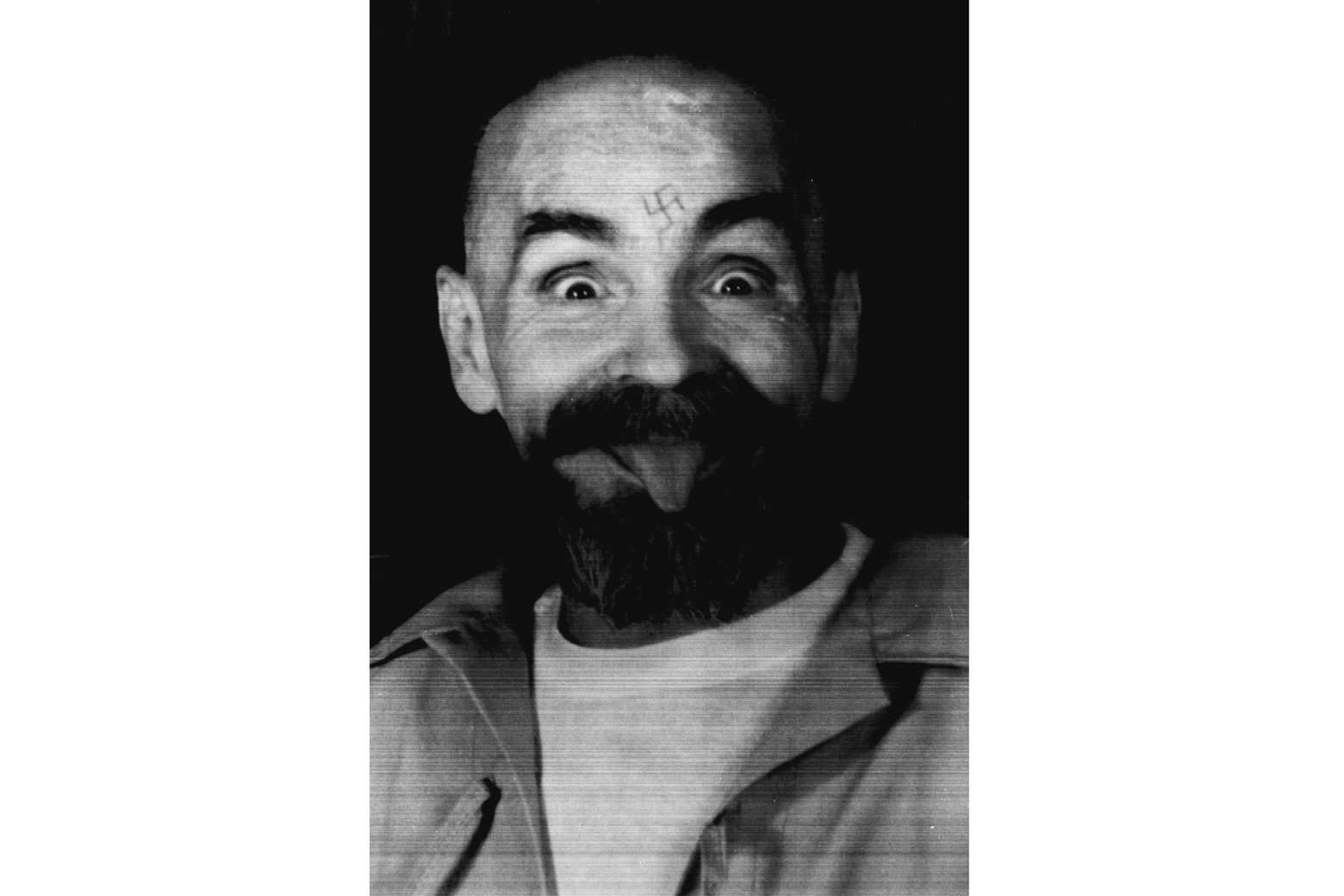CALIFORNIA - Charles Manson, the US cult leader who orchestrated the savage Tate-LaBianca murders that killed seven people in Los Angeles in 1969 and shocked the world, has died at age 83, prison officials said late Sunday (Nov 19).
Manson died of natural causes after being hospitalised while serving a life sentence at a state prison in California.
Here are some facts about the serial killer and his infamous 'Manson Family' cult.
1) Who is Charles Manson and what is he known for?
In the late 1960s, Manson headed an apocalyptic cult mainly made up of women called the 'Manson Family'. A career criminal, Manson persuaded his drug-induced flock of followers that he was the reincarnation of Jesus Christ and that they would survive and rule the world after a racial apocalypse he called "Helter Skelter." The name came from a Beatles song he viewed as prophetic.
The group committed random murders in the mostly white and upscale neighbourhoods of Los Angeles. The brutal killings, collectively called the Tate-LaBianca murders, unleashed a wave of panic in the city and shocked the rest of the world. His aim was for African Americans to be blamed, in the hope of sparking the race war.
2) What happened in the infamous Tate-LaBianca murders?
The gruesome events began shortly after midnight on Aug 9, 1969 after Manson dispatched four members of the group - Susan Atkins, Patricia Krenwinkel, Charles Watson and Linda Kasabian - to a home in the Hollywood hills.
Three members of the group entered the house while Kasabian waited outside.
There, they found the group's most famous victim, actress Sharon Tate - the heavily-pregnant wife of Hollywood director Roman Polanski - along with three of her guests and a man who was at her home at the wrong time.
The guests at the home included celebrity hairdresser Jay Sebring, coffee heiress Abigail Folger and Folger's boyfriend, Voityck Frykowksi. The other man was Steven Parent, a friend of the Tate estate's caretaker.
Tate's husband, Polanski, was in London at the time.
The murders were committed through a frenzied combination of shooting, stabbing, beating and hanging.
Tate, then 26, had pleaded for the life of her unborn child before she was stabbed to death.
Before leaving, Atkins scrawled the word "pig" in blood on the front door of the house to make the killings look like the work of black militants.
According to CNN, Manson was unhappy at the sloppiness of that night's murders and he and and a half-dozen followers drove to another randomly-chosen Los Angeles house the next night in a search for victims.
Inside, Manson tied up the residents - a wealthy grocer named Leno LaBianca and his wife, Rosemary - before leaving. After he was gone, several family members stabbed the couple to death. The phrases "Death to Pigs" and "Healter Skelter," misspelled, were scrawled in blood at the scene.
3) What happened after the murders?
The seven murders went unsolved for months until Atkins, in jail on an unrelated murder charge, bragged to cellmates about the killings.
On June 15, 1970, Manson, Atkins, Krenwinkel and a fourth family member, Leslie Van Houten - who was involved only in the LaBianca deaths - went on trial for murder.
Kasabian, who had been present on both nights but said she had not participated in the killings, became the prosecution's star witness and was given immunity. Watson, who had fled to Texas, was tried and convicted separately.
Prosecutors depicted Manson as the meticulous mastermind of the murders, and while the members acknowledged his planning role, they said he did not participate in the killings.
At one point in the trial, Manson appeared in court with an "X" carved into his forehead and his co-defendants quickly followed suit. Manson later carved the X into a swastika, which remained visible ever after.
In 1971, the jury found Manson, Atkins and Krenwinkel guilty of seven counts of murder each. Van Houten, was found guilty of two counts.
All four were also convicted of conspiracy to commit murder. On March 29, the jury voted to give all four defendants the death penalty. In 1972, after capital punishment was temporarily outlawed in California, their sentences were reduced to life in prison.
Manson was also convicted separately of two other murders: Those of Gary Hinman, a musician killed by Manson family members in late July 1969, and Donald Shea, a stuntman killed late that August.

Atkins died of brain cancer in a California prison in 2009 at the age of 61.
4) Why have the murders endured in the public psyche long after the 1960s ended?
The Tate-LaBianca killings and the seven-month trial that followed were the subjects of fevered news coverage.
The murders, with their undercurrents of sex, drugs, rock 'n' roll and Satanism, seemed like the depraved logical extension of the anti-establishment, do-your-own-thing ethos that helped define the '60s.
Since then, the Manson family has occupied a dark, persistent place in American culture - and American commerce. It has inspired, among other things, pop songs, an opera, films, a host of internet fan sites, T-shirts, children's wear and half the stage name of the rock musician Marilyn Manson. It has also been the subject of many nonfiction books, most famously "Helter Skelter" (1974), by Vincent Bugliosi and Curt Gentry. Bugliosi was the lead prosecutor at the Tate-LaBianca trial.
5) What has Manson said of the murders?
Manson has denied ever having ordered the Tate-LaBianca murders or feeling remorse over the case.
He said as much in a prison interview in 1986 with the television journalist Charlie Rose. "So you didn't care?" Rose asked, invoking the murder of Tate and her unborn child. "Care?" Manson replied. He added: "What the hell does that mean, 'care'?"
SOURCE: REUTERS, NYTIMES, AGENCE FRANCE-PRESSE, WASHINGTON POST, CNN

